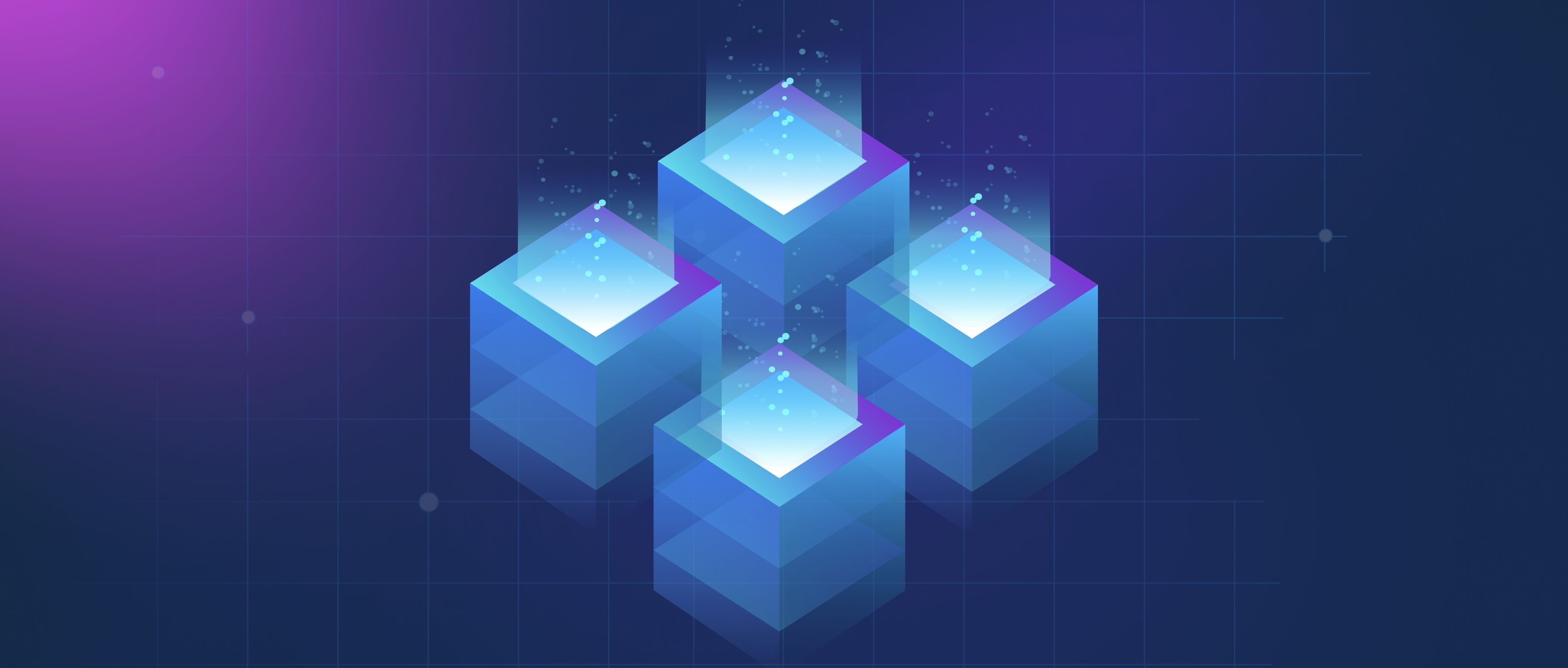While deep learning has become a dominant force in computer vision, it is not the sole approach used in the field. Deep learning models, such as convolutional neural networks (CNNs) and transformers, have revolutionized tasks like image classification, object detection, and segmentation due to their ability to learn complex patterns from large datasets. However, traditional computer vision techniques are still relevant in many scenarios. Classical methods like edge detection, feature extraction, and template matching are useful for simpler problems or when computational resources are limited. These techniques are also often combined with deep learning to create hybrid solutions. For example, feature detection methods like SIFT or ORB can be used alongside deep learning for robust visual tracking in resource-constrained environments. Deep learning has undoubtedly transformed computer vision and expanded its capabilities, but the field remains diverse. Depending on the problem at hand, a combination of classical and deep learning approaches may be the most effective solution.
Is computer vision all about deep learning now?

- Large Language Models (LLMs) 101
- GenAI Ecosystem
- AI & Machine Learning
- The Definitive Guide to Building RAG Apps with LlamaIndex
- Mastering Audio AI
- All learn series →
Recommended AI Learn Series
VectorDB for GenAI Apps
Zilliz Cloud is a managed vector database perfect for building GenAI applications.
Try Zilliz Cloud for FreeKeep Reading
Which AI tool can read images?
Several AI tools can read and analyze images, depending on the application. Google Vision API, Microsoft Azure Computer
How do you fine-tune a pre-trained audio search model?
Fine-tuning a pre-trained audio search model involves adjusting the model's parameters to improve its performance on a s
How is perplexity used to measure LLM performance?
Perplexity is a metric used to evaluate how well an LLM predicts a sequence of tokens. It quantifies the uncertainty of